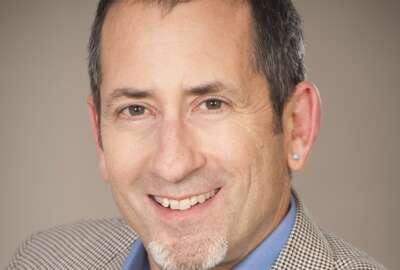
Hanging chad could turn to cyber crime
Rigging the election, or the possibility of it, is on the collective mind of the Obama administration, but on a different vector than that of Donald Trump.
Election-rigging has a long tradition in the United States and pretty much everywhere else. You might think of it as raw ballot-box stuffing. But it takes many forms. Some of them, like gerrymandering voting districts, are completely legal. New York’s Tammany Hall went on strong for a century-and-a-half.
In the U.S., elections are mostly honest. Lord, I hope so. I once witnessed a local election ballot counting operation in Norwood, Massachusetts. The town employed an alert C.P.A. as the treasurer, maybe it was the town accountant. I don’t quite remember. But as a non-political employee, he was charged with counting paper ballots in the annual races for selectman and other town positions.
Counting took place at night, after the polls closed. Officials had the press sit in and witness the counting. I recall several other observers sitting around the set-up, in the middle of an upstairs room in Town Hall. Several helpers kept tally sheets as the town accountant flipped over each ballot with one hand and tapped into an adding machine with the other. I swear I’ve never seen someone operate an adding machine keyboard so fast, before or since. He counted everything twice. The process was manual, mechanical, visible and public.
I think people have always been vaguely suspicious of lever-clad voting machines, punch card tallies and anything with a screen on it. The tabulation takes place unseen, in a black box. You have to trust the process, and the people that oversee the process. But because so many people are typically involved in the mechanics of elections, it’s hard for anyone, or any group, to rig them. But the more electronic, and the closer elections get to using the internet, the more suspicious they will become.
Donald Trump opined earlier this week that the upcoming presidential election will probably be rigged. He didn’t elaborate on how, or what exactly he meant by “rigged.” It seemed like a way of connecting the election process to the “rigging” the Democratic National Committee appeared to engage in by exercising a bias in favor of Hillary Clinton. At least, that’s what the hacked emails seemed to show. But parties are private entities, and no one is saying ballot boxes were stuffed, literally or figuratively, in the states where Clinton won primaries.
More commentary
Rigging, or the possibility of it, is also on the collective mind of the Obama administration, but on a different vector than that of Trump. Homeland Security Secretary Jeh Johnson says he’s pondering whether to add the nation’s voting apparatus to the list of critical infrastructures, along with the power grid, the financial system and all the others. He cites the messy — and still controversial —Florida results in the 2000 election, with its disputed punch-card ballots and their hanging chads. And he cites that DNC hack, which shows, if nothing else, hackers are onto the possibilities of interfering with elections.
Like other pieces of critical infrastructure, the election system is fragmented. According to a New York Times story on the Johnson gambit, some 9,000 jurisdictions in the United States handle some form of balloting — a plausible number given that the states encompass more than 3,000 counties.
Occasional election fraud will occur. So far it hasn’t eroded the basic trust Americans have in the electoral process. Should that trust diminish, we’d be in existential crisis. Johnson says he’s also considering sending best-practices information on how to maintain election integrity to local jurisdictions. He should move on both counts.
Copyright © 2025 Federal News Network. All rights reserved. This website is not intended for users located within the European Economic Area.
Tom Temin is host of the Federal Drive and has been providing insight on federal technology and management issues for more than 30 years.
Follow @tteminWFED





